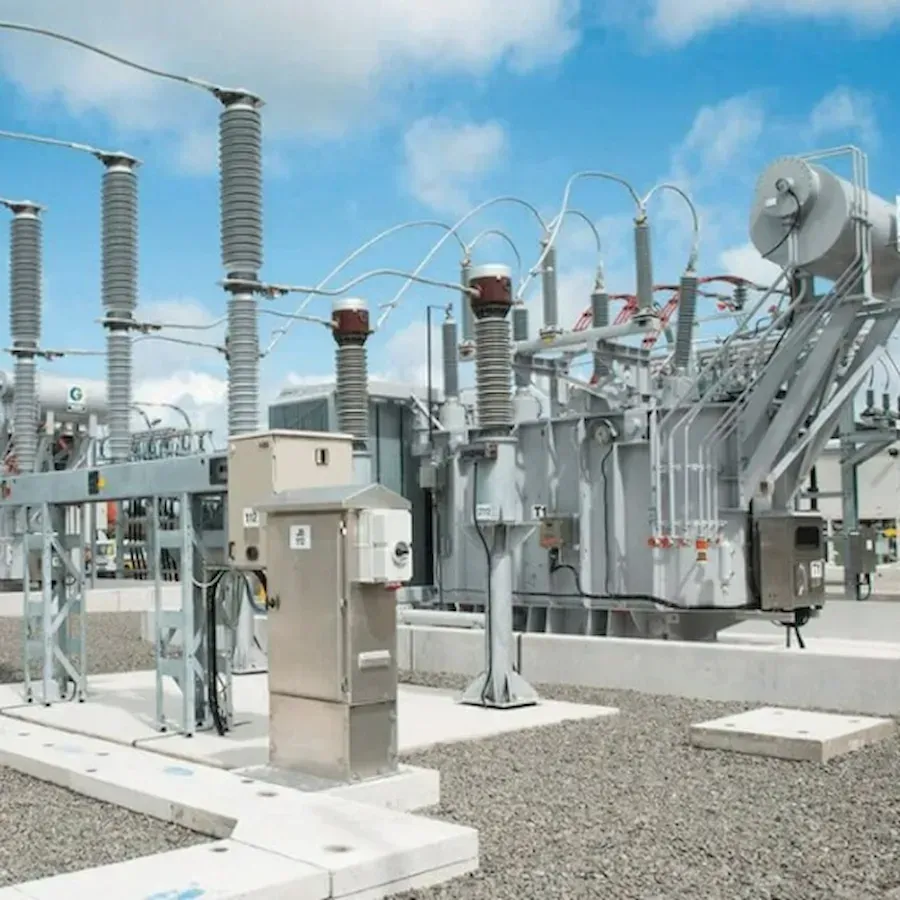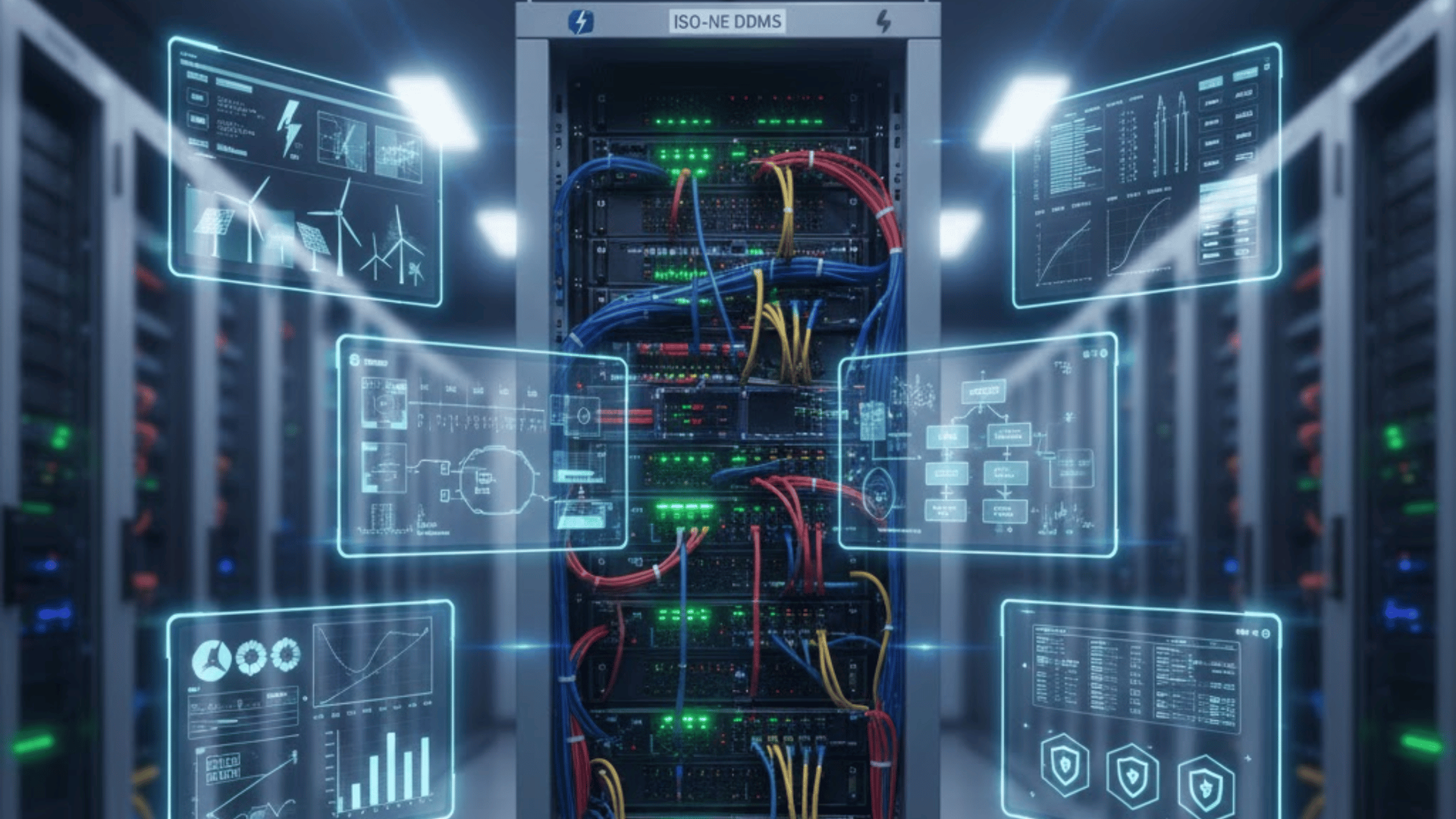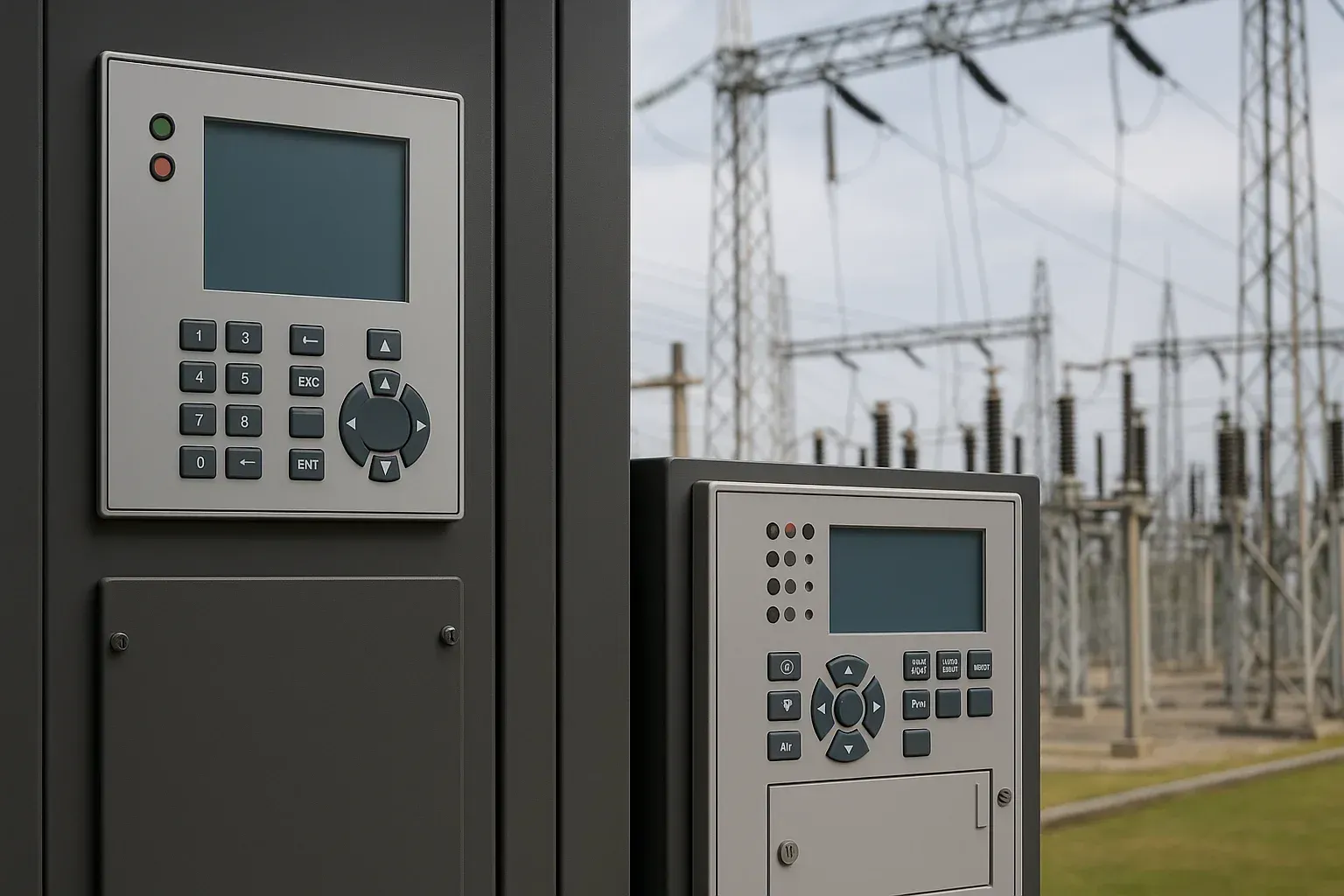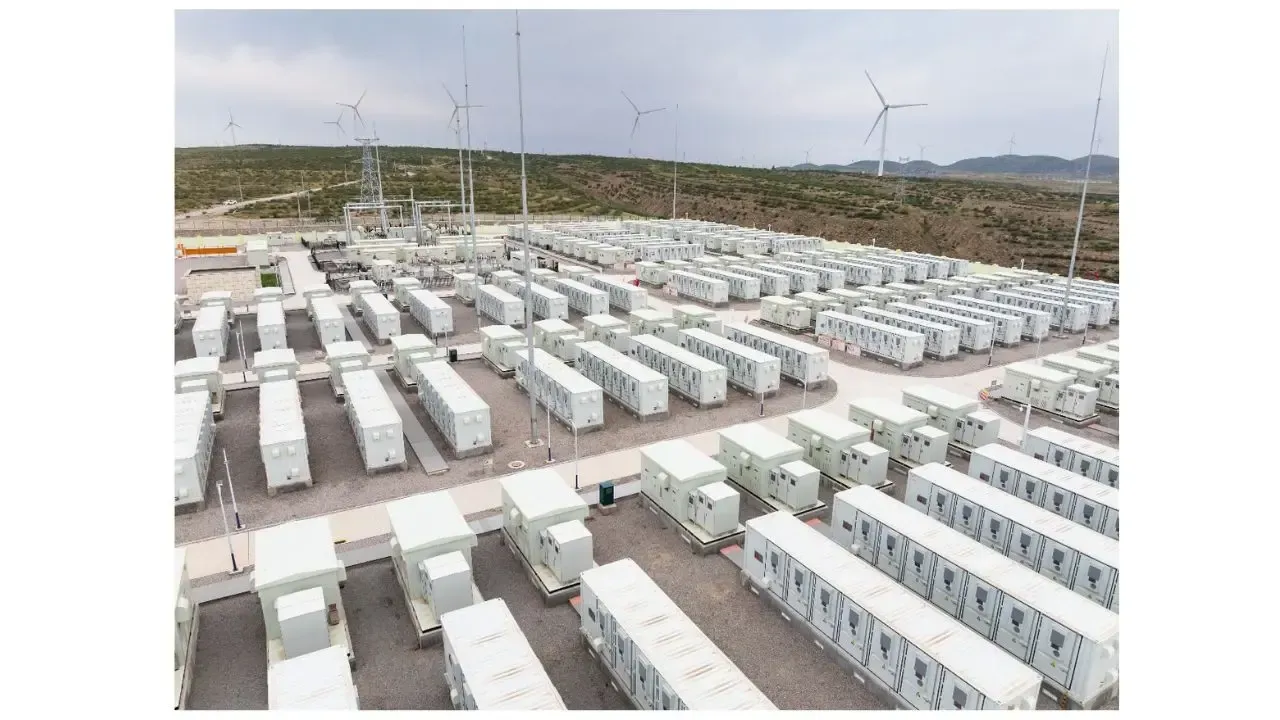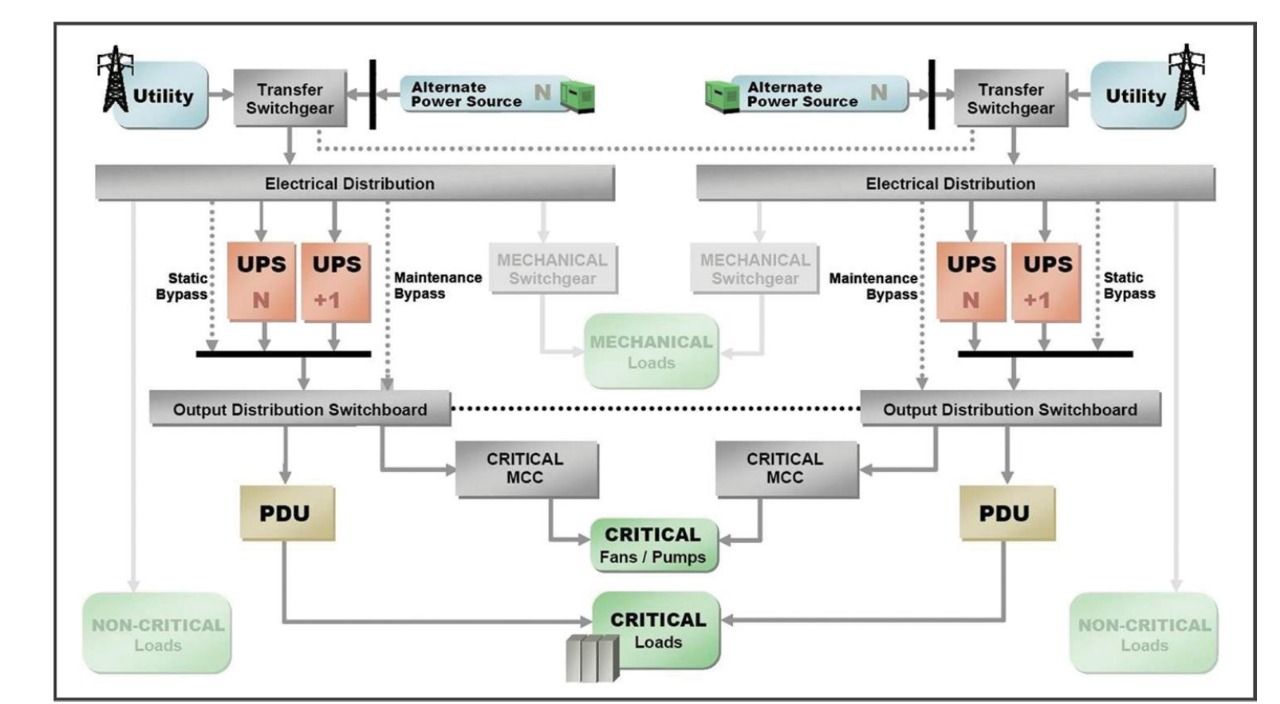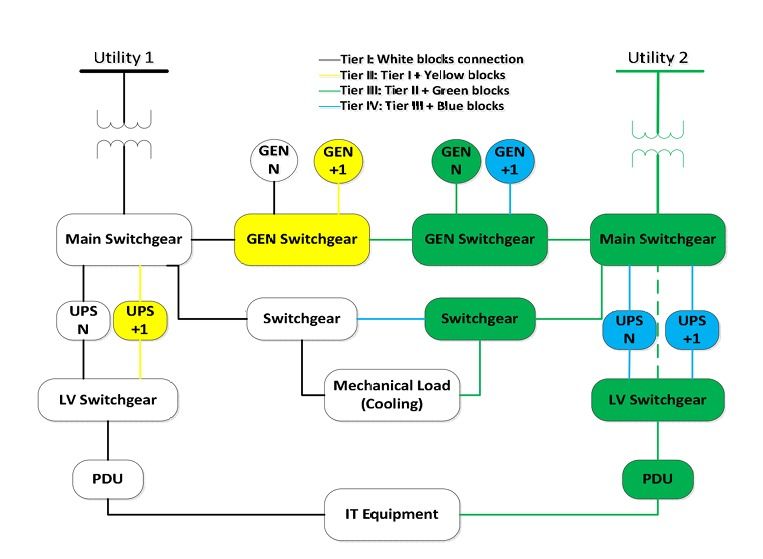A Coordinated Electric System Interconnection Review—the utility’s deep-dive on technical and cost impacts of your project.
Challenge: Frequent false tripping using conventional electromechanical relays
Solution: SEL-487E integration with multi-terminal differential protection and dynamic inrush restraint
Result: 90% reduction in false trips, saving over $250,000 in downtime
Navigating PRC-029-1 and NOGRR245: A Guide to Inverter-Based Resource Compliance
July 31, 2025 | Blog
Introduction
In the evolving world of inverter-based resources (IBRs), staying compliant with NERC and ERCOT requirements is no longer just about following the standards—it’s about understanding how these standards are converging. The PRC-029-1 & NOGRR245 Comparison and Category 2 Registration Practice blog offers a deep dive into this convergence, helping Generator Owners, Operators, and planners understand and act on the latest regulatory expectations.
Overview: Aligning PRC-029-1 with IEEE 2800 and NOGRR245
Both
PRC-029-1, a NERC standard, and
ERCOT’s NOGRR245 have undergone recent revisions to align with IEEE Std 2800-2022. While their scopes differ—PRC-029-1 applies broadly to the Bulk Electric System (BES), and NOGRR245 governs ERCOT's grid—the technical requirements are beginning to mirror each other in significant ways, particularly in voltage and frequency ride-through (VRT/FRT) capabilities.
Voltage Ride-Through (VRT) Requirements: What Changed?
PRC-029-1 R1–R2:
- Mandates that Generator Owners ensure their IBRs can ride through voltage excursions within defined limits.
- Provides detailed operational zones—continuous, mandatory, and permissive—and corresponding behavior expectations.
- Real and reactive power priorities are defined based on voltage thresholds and operational limitations.
NOGRR245 Section 2.9.1:
- Applies to IBRs with SGIAs after August 1, 2024.
- Requires adherence to IEEE 2800 Sections 5 (voltage control), 7 (response to system abnormalities), and 9 (protection).
- Clearly differentiates between WGRs (Wind Generation Resources) and PVGRs (Photovoltaic Generation Resources), establishing tailored ride-through curves.
- ERCOT preserves portions of the legacy ride-through curve while integrating IEEE 2800 standards.
Frequency Ride-Through (FRT): Reinforcing Grid Stability
PRC-029-1 R3:
- Enforces mandatory frequency ride-through in the “must ride-through zone” if RoCoF is ≤5 Hz/s.
- Defines a symmetrical treatment for low- and high-frequency events using a 299-second threshold (e.g., between 61.2 and 58.8 Hz).
NOGRR245 Sections 2.6.2.1 & 2.6.2.2:
- Introduces longer ride-through durations (up to 540 seconds) for frequency events.
- Adds stepped timing and applies different expectations for transmission-connected versus distribution-connected DERs and BESS.
- ERCOT’s extended steps, offering more flexibility and granularity compared to NERC's flat 299s rule.
Hardware Limitations and Exemptions: A Stricter Path
PRC-029-1 R4:
Outlines exemption processes for in-service IBRs unable to meet the new ride-through criteria due to hardware limitations:
- Requires full documentation within 12 months of effective date.
- Allows only hardware-based exemptions (not software/setting-based).
- Involves Compliance Enforcement Authority (CEA) approval.
In contrast, NOGRR245 includes:
- Additional procedural steps under Sections 2.11 and 2.12.
- Flexibility for extensions in some cases.
- Application of SGIA date cutoffs (e.g., August 1, 2024).
Category 2 IBR Registration: New Requirements for Non-BES Units
A significant part of the blog also focuses on the Category 2 IBR Registration initiative. The ERO Enterprise webinar (scheduled for March 3, 2025) aims to educate stakeholders on registration criteria targeting previously unregistered non-BES IBRs with:
- Aggregate capacity ≥20 MVA,
- Connected at voltage ≥60 kV.
This moveaddresses reliability risks posed by “invisible” IBRs and represents a proactive registration approach to ensure they comply with relevant Reliability Standards.
Key Takeaways for Developers, Owners, and Operators
- Align Early with IEEE 2800-2022: Both PRC-029-1 and NOGRR245 directly reference IEEE 2800, making it essential to design new projects with its requirements embedded.
- Don’t Ignore Non-BES IBRs: With NERC seeking to register Category 2 IBRs, even resources historically outside its purview will come under scrutiny.
- Document and Report Hardware Limits Promptly: For legacy IBRs, ensure exemption requests are supported with detailed, verifiable evidence and shared with the required authorities.
- Evaluate Controller Settings: Real/reactive power priorities and restart logic (e.g., 5-cycle recovery post-blocking mode) must match grid expectations.
- Register for the Webinar: The future ERO sessions will clarify many gray areas around registration criteria and practical compliance pathways.
Conclusion
The harmonization of PRC-029-1 with ERCOT’s NOGRR245 reflects a larger industry trend: bringing all inverter-based generation—whether bulk or distribution-connected—under a common reliability framework. The dual emphasis on voltage and frequency ride-through, backed by IEEE 2800, underscores the importance of resilient and predictable IBR behavior under grid disturbances.
For owners, operators, and engineers, now is the time to review project designs, audit legacy assets, and prepare for upcoming compliance expectations
Related Blogs

About the Author:
Sonny Patel P.E. EC
IEEE Senior Member
In 1995, Sandip (Sonny) R. Patel earned his Electrical Engineering degree from the University of Illinois, specializing in Electrical Engineering . But degrees don’t build legacies—action does. For three decades, he’s been shaping the future of engineering, not just as a licensed Professional Engineer across multiple states (Florida, California, New York, West Virginia, and Minnesota), but as a doer. A builder. A leader. Not just an engineer. A Licensed Electrical Contractor in Florida with an Unlimited EC license. Not just an executive. The founder and CEO of KEENTEL LLC—where expertise meets execution. Three decades. Multiple states. Endless impact.
Services

Let's Discuss Your Project
Let's book a call to discuss your electrical engineering project that we can help you with.

About the Author:
Sonny Patel P.E. EC
IEEE Senior Member
In 1995, Sandip (Sonny) R. Patel earned his Electrical Engineering degree from the University of Illinois, specializing in Electrical Engineering . But degrees don’t build legacies—action does. For three decades, he’s been shaping the future of engineering, not just as a licensed Professional Engineer across multiple states (Florida, California, New York, West Virginia, and Minnesota), but as a doer. A builder. A leader. Not just an engineer. A Licensed Electrical Contractor in Florida with an Unlimited EC license. Not just an executive. The founder and CEO of KEENTEL LLC—where expertise meets execution. Three decades. Multiple states. Endless impact.
Leave a Comment
We will get back to you as soon as possible.
Please try again later.
Related Posts



